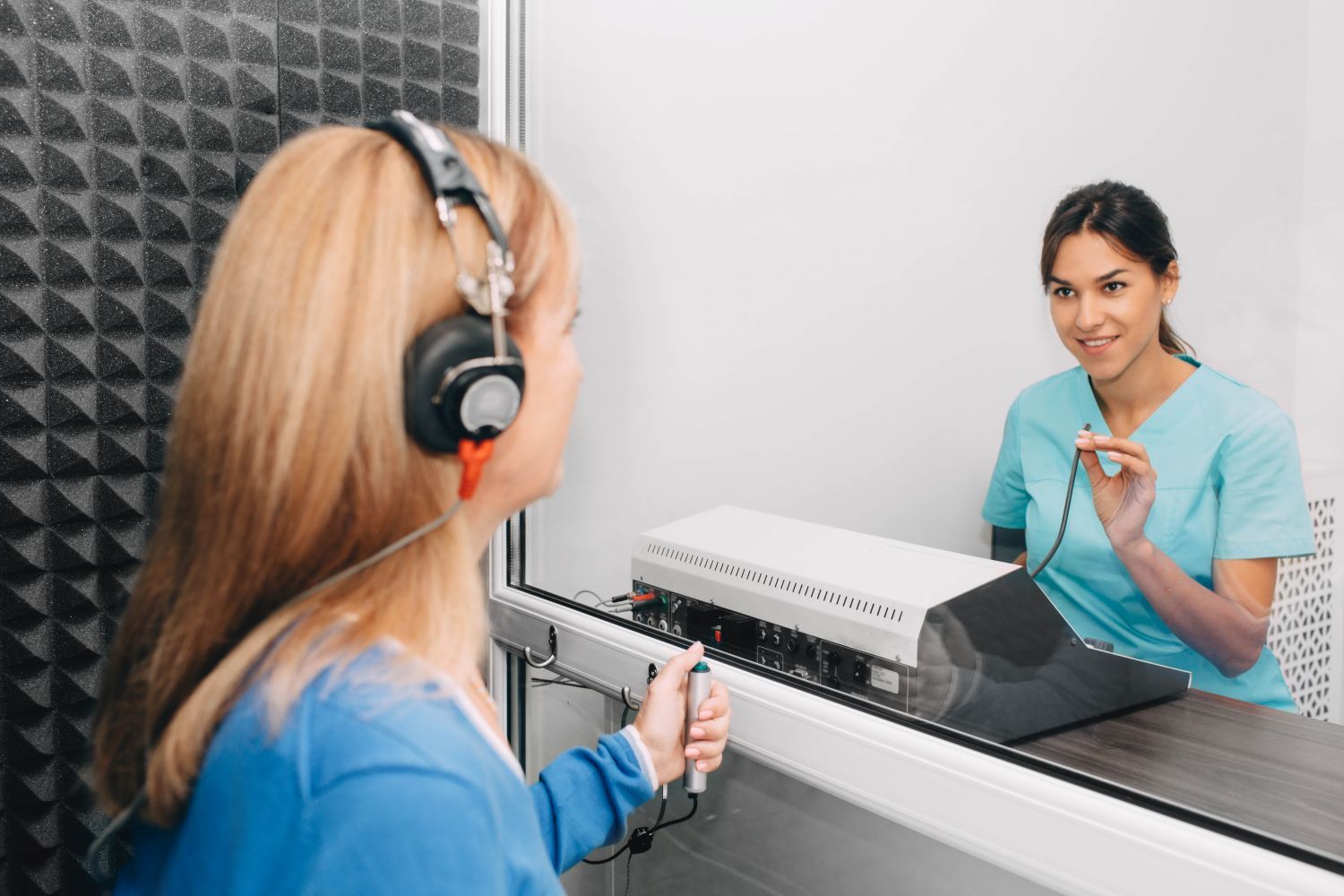What Is Causing My Stuffy Nose and How Do I Get Rid of It?
A stuffy nose is never fun and can sometimes leave you downright miserable. At best, it makes breathing difficult, and at worst, it can make you feel stuffed up, give you a headache, and even ruin your sleep. So, it’s no wonder that there are so many remedies for a stuffy nose floating around, from chicken soup to eucalyptus oil to OTC medications.
If you’ve been experiencing nasal congestion for over two weeks, you should contact your doctor as soon as possible. If not, keep reading to find out exactly what causes a stuffy nose and some ways you can try to get relief.
What Causes a Stuffy Nose?
Most people think a stuffy nose is caused by an excessive amount of mucus in the nasal passages. While this can be true in some cases, stuffy noses are most commonly a result of inflammation in the sinuses.
When an irritant (like an allergen or an infection) enters the nasal passages, the blood flow in the nasal cavity increases. This can make the nasal passages swell, limiting airflow, and interrupting mucus drainage, which further reduces airflow.
In some cases, a stuffy nose can simply be a symptom of a cold or the flu. Regardless of the reason, there are several ways you can try to relieve it.
How to Relieve a Stuffy Nose
While there is limited scientific evidence to prove that all these methods work, some people swear by them as a cure. Several of these remedies may be enough to clear your stuffy nose and allow you to breathe without discomfort.
1. Steam Inhalation
Whether it’s from a hot shower, a dehumidifier, or even a hot cup of tea, inhaling steam can both soothe your nasal passages and improve drainage of mucus, both of which will help you breathe better.
For quicker relief, you can pour hot water into a bowl, place a towel over your head, and breathe in the steam. Ensure that the water isn’t boiling and that the bowl is placed on a level surface. You can also add a few drops of eucalyptus oil to the bowl.
Note: If you have asthma, make sure to consult your doctor before using a dehumidifier or inhaling steam directly.
2. Nasal Irrigation
Using a nasal irrigation kit or a neti pot to rinse out the inside of your nostrils can help soften and wash out mucus, which can provide immediate relief. According to the FDA, a neti pot is completely safe as long as you use sterile and distilled water, not tap water.
Note: Make sure to follow all the instructions properly when using nasal irrigation techniques.
3. Use Decongestants
Decongestants help the blood vessels in the nose to narrow, which decreases inflammation. You can try over-the-counter decongestants or get a prescription.
If you’re looking for natural decongestants, try increasing your intake of ginger, as it has anti-allergy and anti-inflammatory properties.
Note: Long-term use of decongestants can have adverse effects, especially if you suffer from prior health conditions. Always consult your doctor first before starting any medication.













